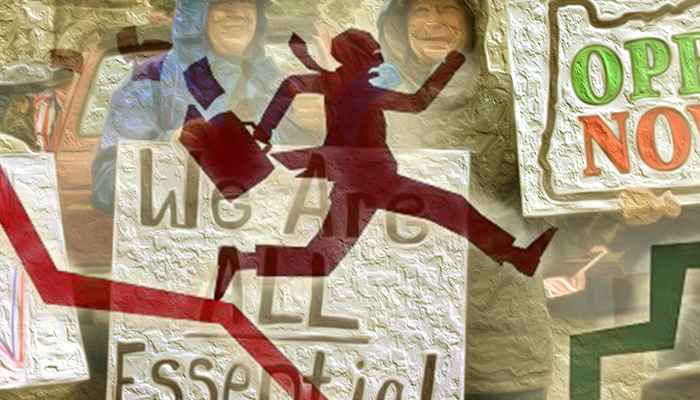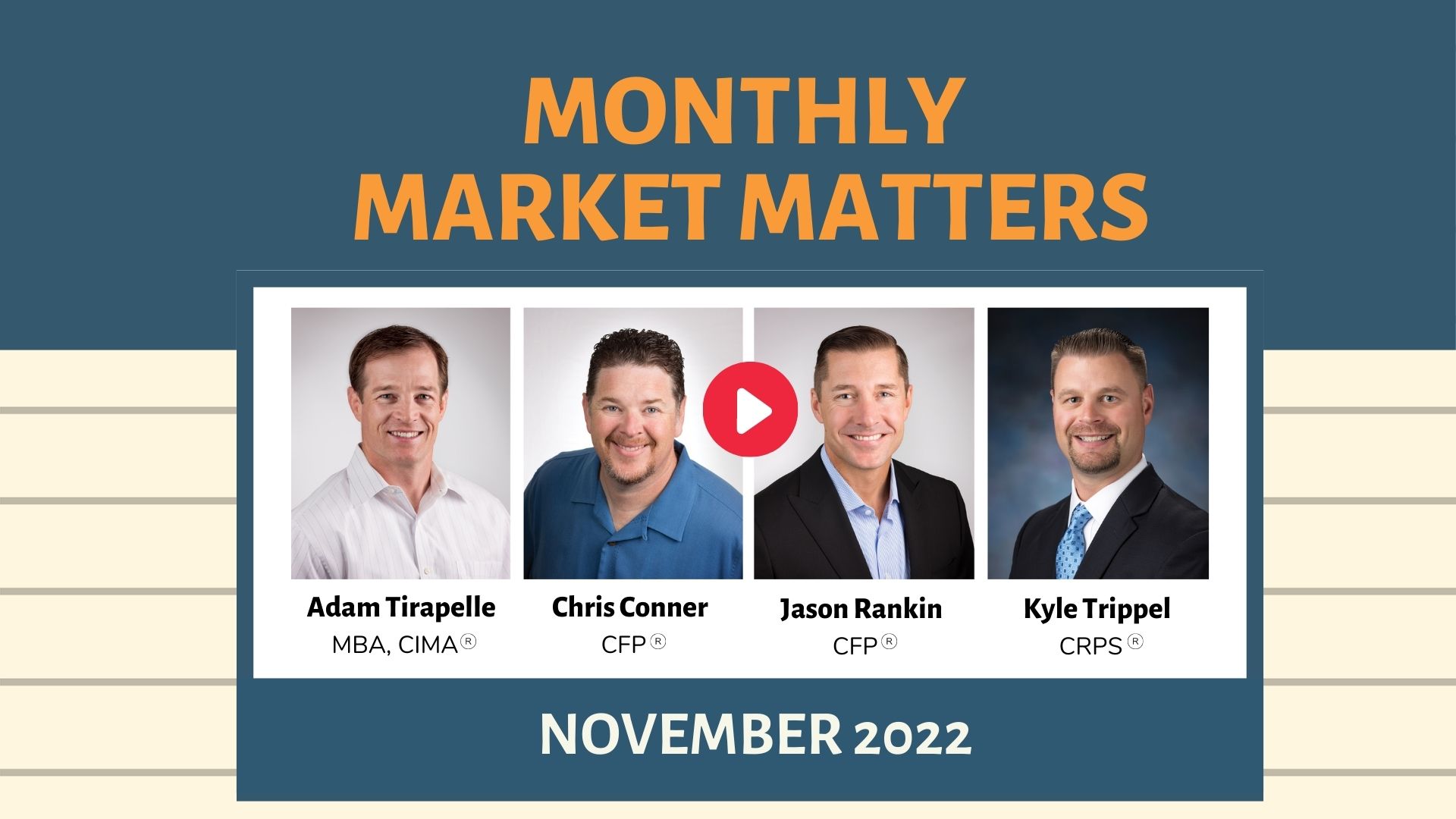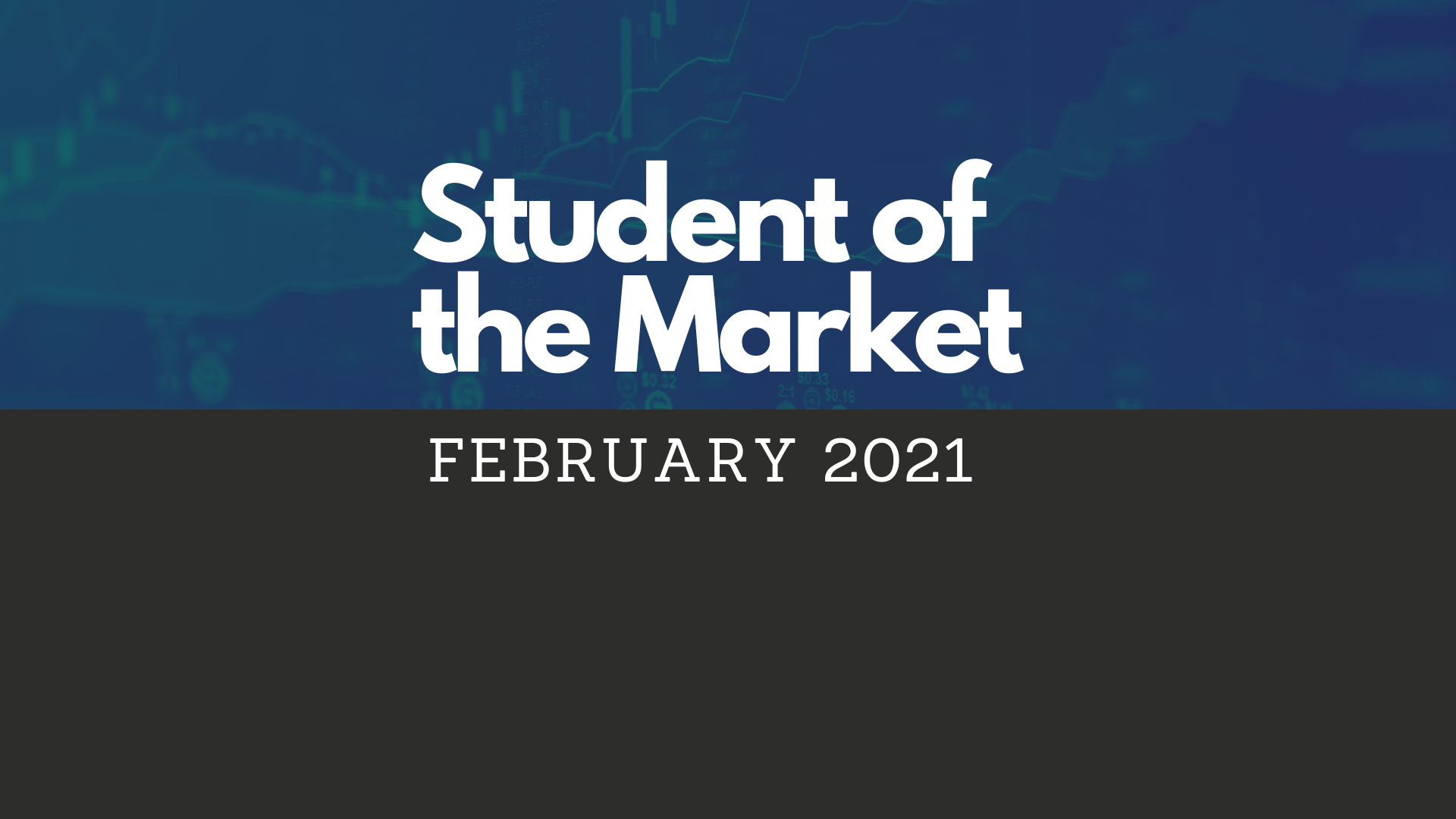You are now leaving the Strong Valley Wealth & Pension, LLC ("Strong Valley") website. By clicking on the "Schwab Alliance Access" link below you will be entering the Charles Schwab & Co., Inc. (“Schwab”) Website. Schwab is a registered broker-dealer, and is not affiliated with Strong Valley or any advisor(s) whose name(s) appears on this Website. Strong Valley is/are independently owned and operated. Schwab neither endorses nor recommends Strong Valley. Regardless of any referral or recommendation, Schwab does not endorse or recommend the investment strategy of any advisor. Schwab has agreements with Strong Valley under which Schwab provides Strong Valley with services related to your account. Schwab does not review the Strong Valley website(s), and makes no representation regarding the content of the Website(s). The information contained in the Strong Valley website should not be considered to be either a recommendation by Schwab or a solicitation of any offer to purchase or sell any securities.

Millions of COVID-19 infections, with hundreds of thousands of them fatal, 30 million-plus unemployed in the U.S., rising levels of anxiety, depression and substance abuse. Maybe now is a good time to talk about the Misery Index.

The past couple of months has brought untold misery to hundreds of countries around the world. Millions of COVID-19 infections, with hundreds of thousands of them fatal, 30 million plus unemployed in the U.S., rising levels of anxiety, depression and substance abuse. Maybe now is a good time to talk about the Misery Index.
The Misery Index was popularized in the 1970s as an easy to understand measure of America’s economic health. Equal to the sum of inflation and the unemployment rate, the original Misery Index was created by Yale economics professor Arthur Okun.
In the 1960s, professor Okun researched the relationship between unemployment and production and his findings became known as Okun’s law, which states that when the U.S. unemployment falls by 1%, our Gross National Product will increase by 3% (this was apparently only true for the U.S. economy and only when unemployment was between 3% and 7.5%).
Professor Okun also served on President Lyndon Johnson’s Council of Economic Advisors and he coined the Misery Index as a way for President Johnson to easily communicate the relative health of the U.S. economy. The higher the Index, the greater the misery felt by the average American. Simple.
During the presidential campaigns of 1976 and 1980, the Misery Index became more popular. In 1976, then-candidate Jimmy Carter criticized President Ford and in 1980, then-candidate Ronald Reagan pointed out that the Misery Index increased under President Carter. It will be interesting to see if the Misery Index gets reintroduced during the 2020 presidential race.
While the Misery Index is a simple measure, most economists are quick to point out its many flaws.
Finally, and this is probably the largest flaw: which defines misery more: the unhappiness associated with unemployment or the unhappiness associated with inflation? Most would argue that unemployment brings much more misery versus the rising costs of a basket of goods and services.
And while the percentage of unemployed, current inflation and the resulting Misery number for the average American might be useful somehow, how useful is it if you’re unemployed?
Since the 1970s, the original Misery Index has been modified several times, including by Harvard economist Robert Barro in 1999 and in 2011 by John Hopkins economist Steve Hanke.
Barro included much more data – and called it Barro’s Misery Index – and he included interest rates and economic growth and looked at countries other than the United States. Hanke took Barro’s Misery Index and added more data, including “the sum of the unemployment, inflation and bank lending rates, minus the percentage change in real GDP per capita.” And yes, he called it Hanke’s Misery Index and updates it yearly for close to 100 countries.
In case you’re wondering, the most recent Hanke Misery Rankings show the following:
But while Hanke’s findings are undoubtedly rooted in mathematical precision, one could argue that his conclusions – the rankings – are a bit of a head-scratcher.
Consider this:
While maybe the model dictates those rankings, it’s a reminder that:
“Happiness is a direction, not a place.”
~Sydney J. Harris, American Journalist



